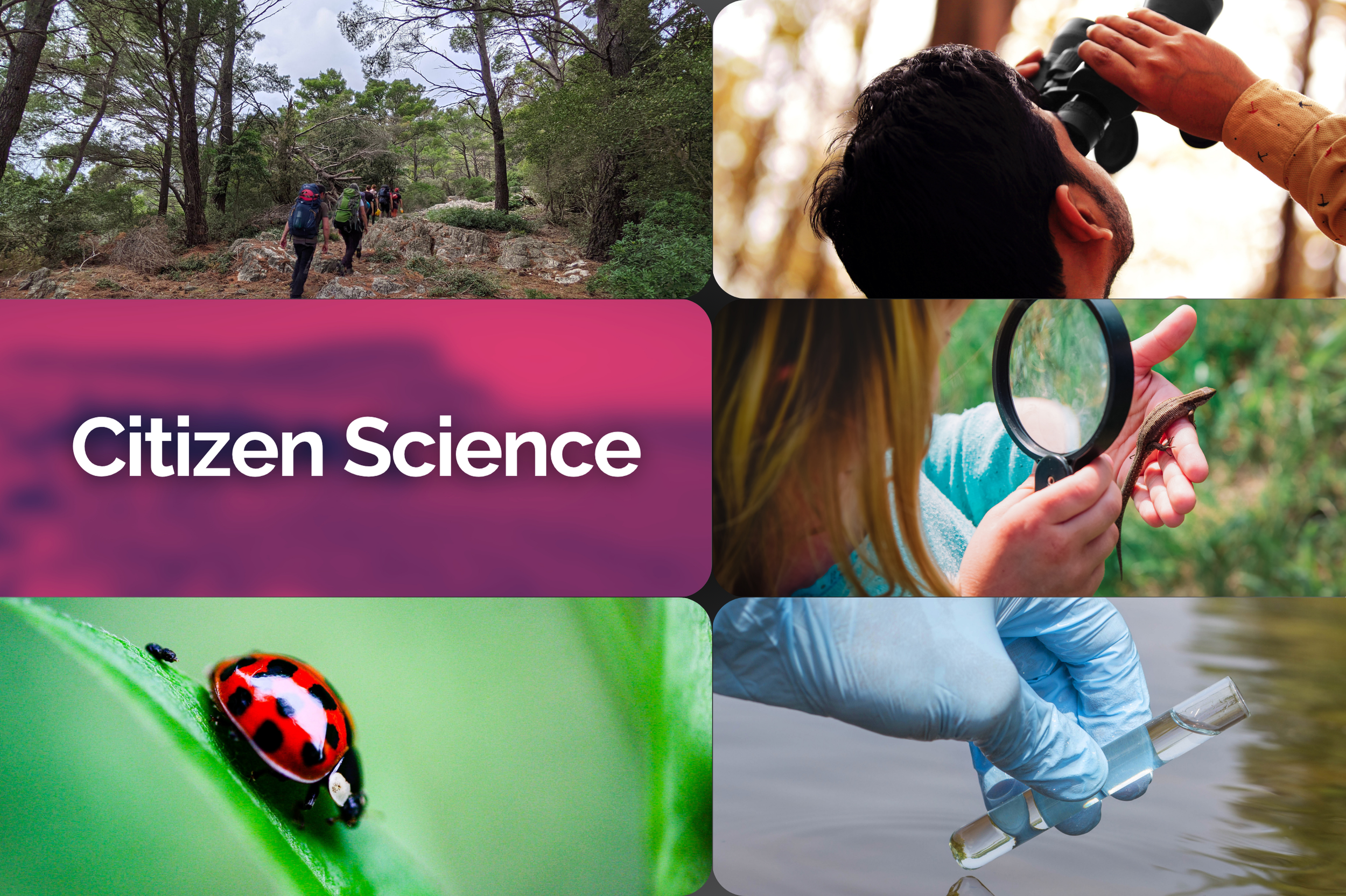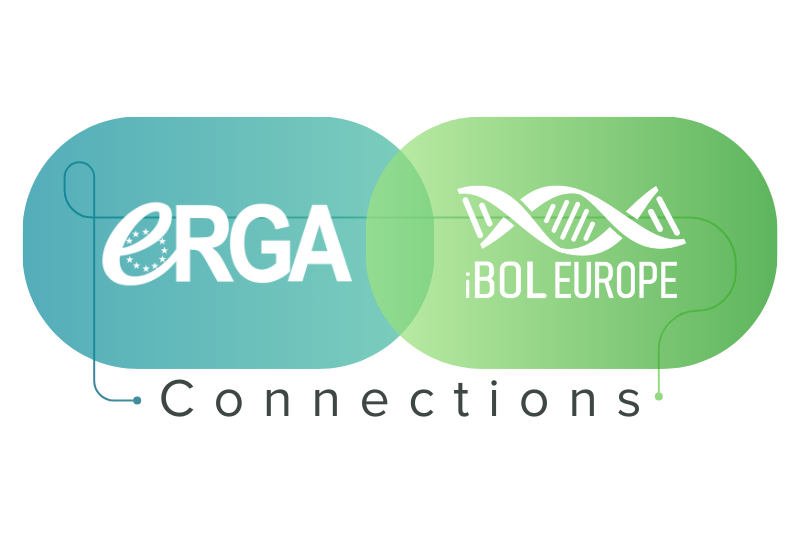6 August 2025
ERGA iBOL Europe Connections #7 – Citizen science, allies, definitions, and common misconceptions
About the ‘ERGA iBOL Europe Connections’ series
The European Reference Genome Atlas (ERGA) and the European node of the International Barcode of Life (iBOL Europe), two international communities of scientists brought together under the Biodiversity Genomics Europe Project, are joining forces for “Connections,” a series of blog posts that explore the fascinating world of Biodiversity Genomics and the intersection of their communities.
Blog 7 – Citizen science, allies, definitions, and common misconceptions

In our earlier “Connections” posts, we explored how DNA technologies, collaborative networks, and international policies shape biodiversity genomics. Today, we turn to another key element: the important role that non-professionals can have in science, or what is often called citizen science. We will unpack what this term means, clarify common misconceptions, and highlight why citizen scientists are vital to projects like Biodiversity Genomics Europe (BGE). It is a story about terminology and teamwork.
The term citizen science is surprisingly recent. One early recorded use dates back to 1989, when 225 volunteers collected rain samples for acid rain awareness for a U.S. project (Wikipedia). The term “citizen science” was formally added to the Oxford English Dictionary only in 2014, defining it as a “scientific work undertaken by members of the general public, often in collaboration with or under the direction of professional scientists and scientific institutions.” A citizen scientist, likewise, is defined as a member of the public who engages in such work alongside professionals. Interestingly, “citizen” here simply means anyone; in other words, science by citizens of the world. Thus, a citizen scientist is anyone who is not a scientist but actively participates in real research.
Citizen scientists are:

Citizen scientists are not:

Biodiversity genomics relies on citizen scientists because the task is far larger than any research team can achieve alone. As species are vanishing at record speed, only a constant stream of data will give us the power to detect and address threats in time. Volunteers support this reach in different ways, such as hobby entomologists who photograph and submit insects for DNA barcoding, park rangers and hiking clubs who keep Malaise traps operating, or even coastal residents who filter seawater to capture the eDNA of invasive species. Their local knowledge reveals hidden habitats, while the DNA they collect flows directly into reference libraries and genome databases. The exchange is two-way. Participants gain new skills, a genuine sense of ownership, and a front‑row seat to cutting‑edge science. In return, they become ambassadors who share information about genomics, conservation, and responsible sampling within their communities.
Instead of being an optional extra, citizen science now powers the large‑scale, inclusive approach that modern biodiversity genomics demands. Science conducted with the public, for the lasting benefit of both people and the planet.
Stay tuned for our next post, where we will continue to explore the ever-expanding connections in the world of biodiversity genomics.
Within BGE, both ERGA and iBOL Europe carried out many activities involving citizen scientists, including, for instance, the Bioblitz in the Croatian Caves we talked about in our previous blog post.
You can learn more about BGE’s involvement with citizen scientists here.




